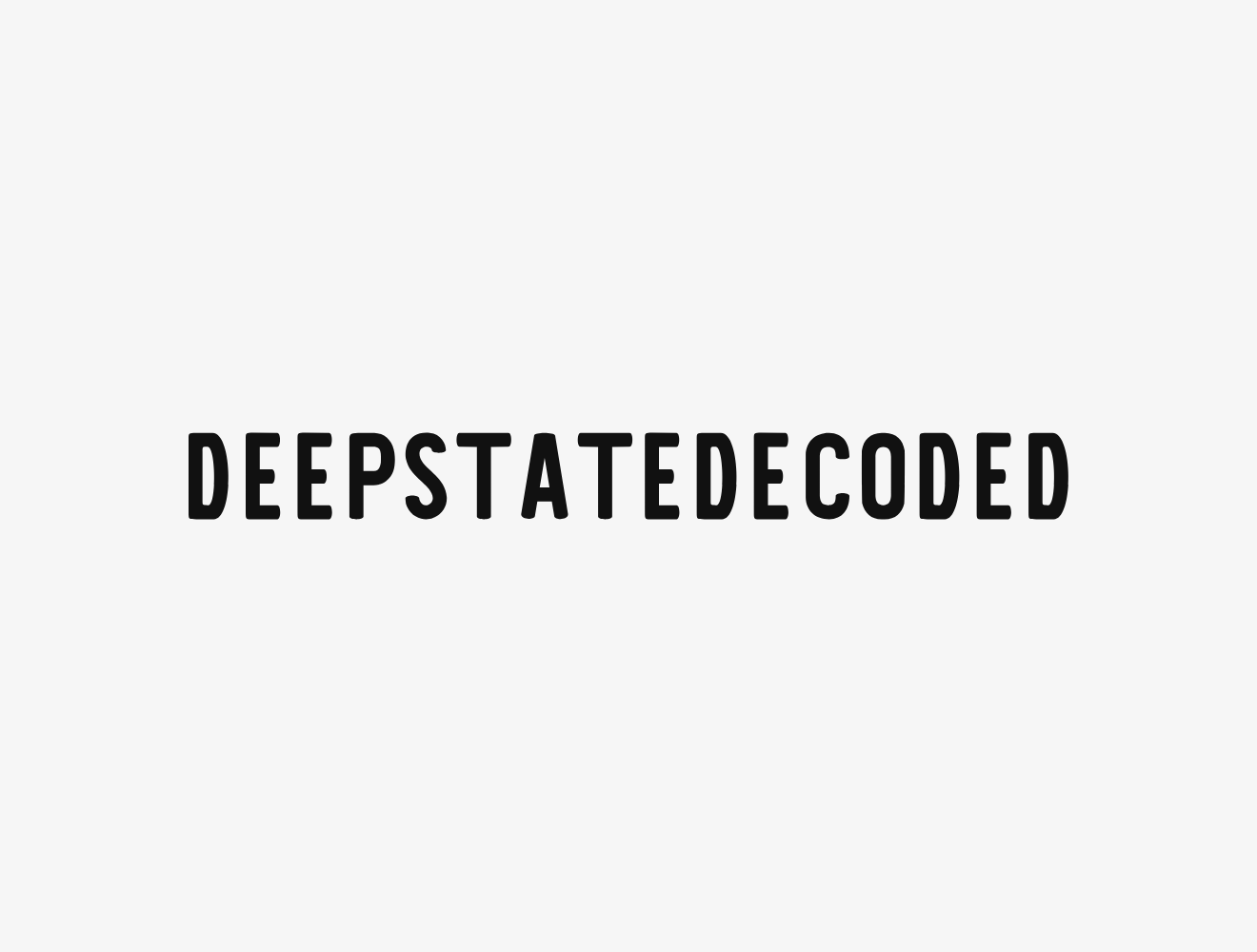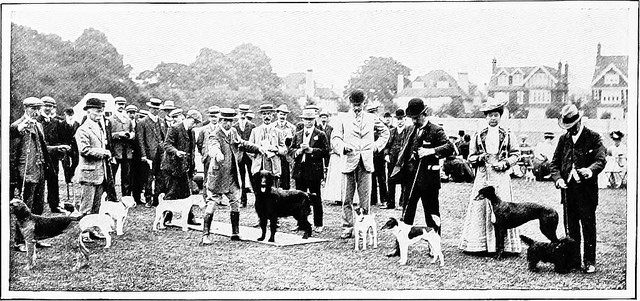In the chaotic days following Britain’s declaration of war on Germany in September 1939, a lesser-known tragedy unfolded: the British Pet Massacre of 1939. Over 750,000 pets were euthanized in a matter of days, driven by fear, misinformation, and wartime hysteria. This article delves into the harrowing events, their origins, and their enduring impact on society.
The Panic Behind the Mass Culling
As WWII loomed, the British government issued a pamphlet advising citizens to euthanize pets to conserve resources and prevent suffering during anticipated bombings. Misinterpreted as an official directive, this advice sparked panic. Animal shelters and veterinary clinics were overwhelmed as families lined up to euthanize beloved dogs, cats, and even rabbits.
The Scale of the Tragedy
By the end of September 1939, 40% of London’s pets had been killed. The PDSA (People’s Dispensary for Sick Animals) reported record numbers of euthanasia requests, while the RSPCA struggled to manage the emotional toll on staff. The massacre’s scale shocked even officials, who later clarified their guidance—but too late for countless animals.
Legacy and Lessons Learned
The massacre left deep scars. Survivors recounted guilt and grief, while historians debate its ethical implications. Today, memorials like London’s Animals in War Memorial honor pets lost in conflicts, serving as a somber reminder of wartime choices. The tragedy also spurred reforms in animal welfare and crisis communication.
Key Takeaways
- Misinformation costs lives: The government’s vague advice had unintended consequences.
- Compassion in crisis: Modern disaster plans prioritize pet evacuation, informed by 1939’s mistakes.
- Honoring history: Memorials ensure these animals are never forgotten.
Final Thoughts
The British Pet Massacre of 1939 is a stark reminder of how fear and uncertainty can drive irreversible actions. By revisiting this “pet holocaust,” we honor its victims and reaffirm our commitment to animal welfare in times of crisis.

